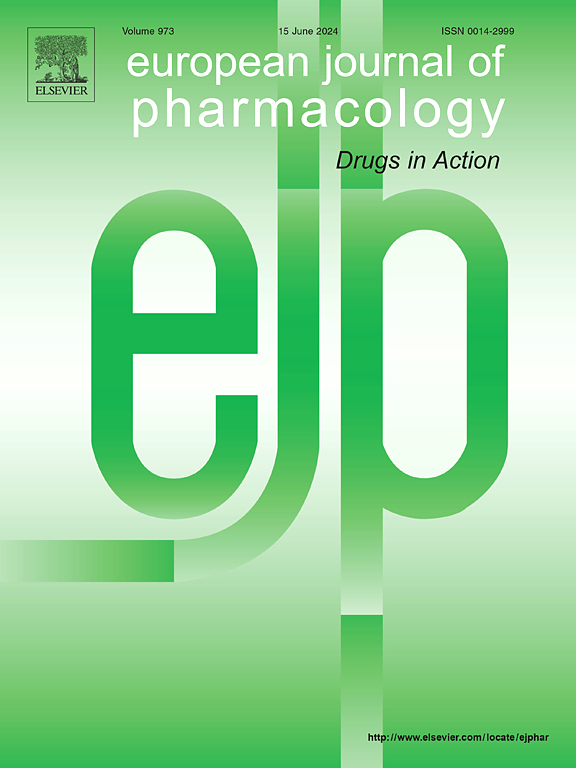The role of ferroptosis in breast cancer: Tumor progression, immune microenvironment interactions and therapeutic interventions
IF 4.2
3区 医学
Q1 PHARMACOLOGY & PHARMACY
引用次数: 0
Abstract
Ferroptosis represents a distinctive and distinct form of regulated cellular death, which is driven by the accumulation of lipid peroxidation. It is distinguished by altered redox lipid metabolism and is linked to a spectrum of cellular activities, including cancer. In breast cancer (BC), with triple negative breast cancer (TNBC) being an iron-and lipid-rich tumor, inducing ferroptosis was thought to be a novel approach to killing breast tumor cells. However, in the recent past, a novel conceptual framework has emerged which posits that in addition to the promotion of tumor cell death, ferritin deposition has a potent immunosuppressive effect on the tumor immune microenvironment (TIME) via the influence on both innate and adaptive immune responses. TIME of BC includes various cell populations from both the innate and adaptive immune systems. In this review, the internal association between iron homeostasis and the progression of ferroptosis, along with the common inducers and protectors of ferroptosis in BC, are discussed in detail. Furthermore, a comprehensive analysis is conducted on the dual role of ferroptosis in immune cells and proto-oncogenic functions, along with an evaluation of the potential applications of immunogenic cell death-targeted immunotherapy in TIME of BC. It is anticipated that our review will inform future research endeavors that seek to integrate ferroptosis and immunotherapy in the management of BC.

求助全文
约1分钟内获得全文
求助全文
来源期刊
CiteScore
9.00
自引率
0.00%
发文量
572
审稿时长
34 days
期刊介绍:
The European Journal of Pharmacology publishes research papers covering all aspects of experimental pharmacology with focus on the mechanism of action of structurally identified compounds affecting biological systems.
The scope includes:
Behavioural pharmacology
Neuropharmacology and analgesia
Cardiovascular pharmacology
Pulmonary, gastrointestinal and urogenital pharmacology
Endocrine pharmacology
Immunopharmacology and inflammation
Molecular and cellular pharmacology
Regenerative pharmacology
Biologicals and biotherapeutics
Translational pharmacology
Nutriceutical pharmacology.

 求助内容:
求助内容: 应助结果提醒方式:
应助结果提醒方式:


